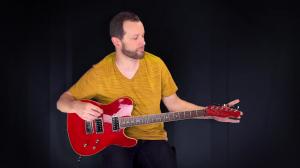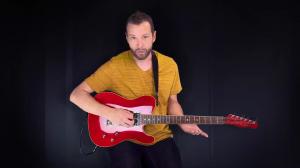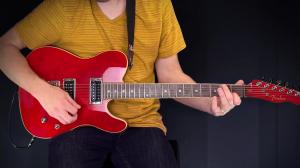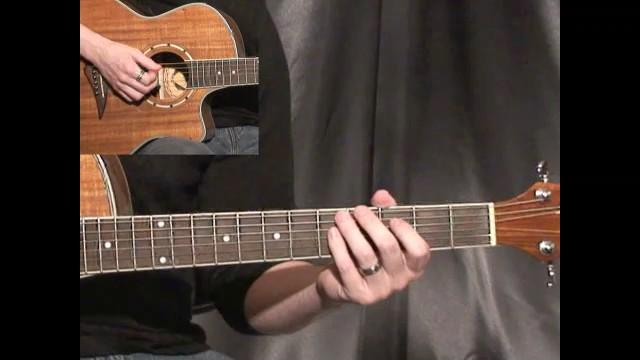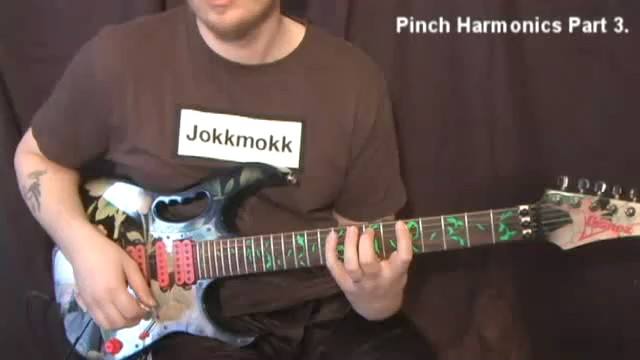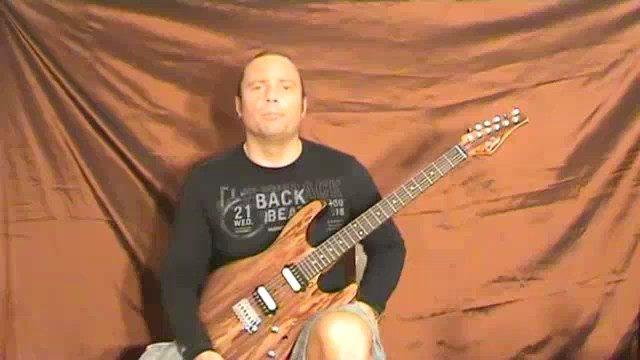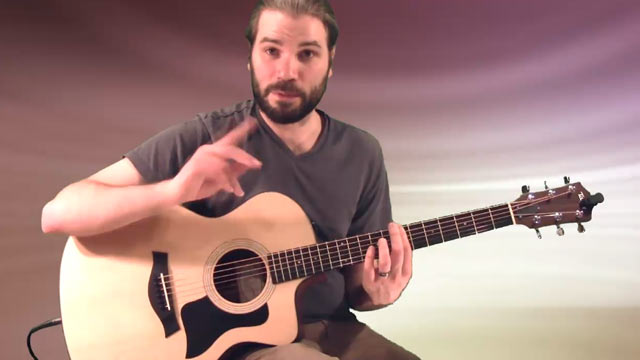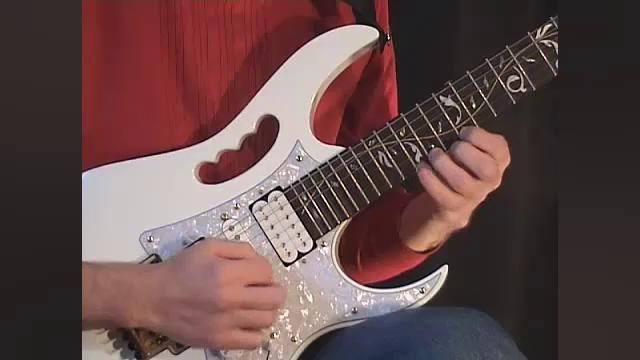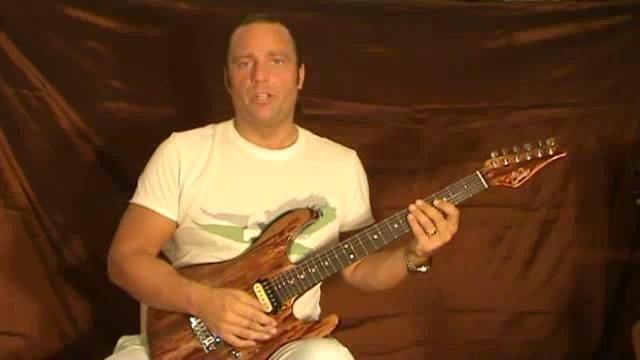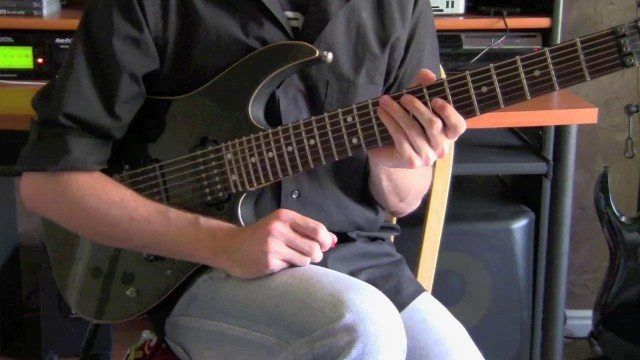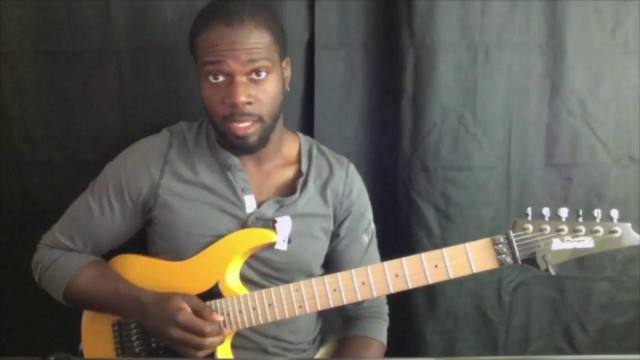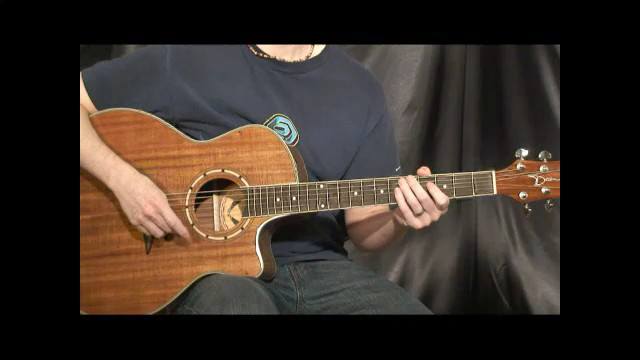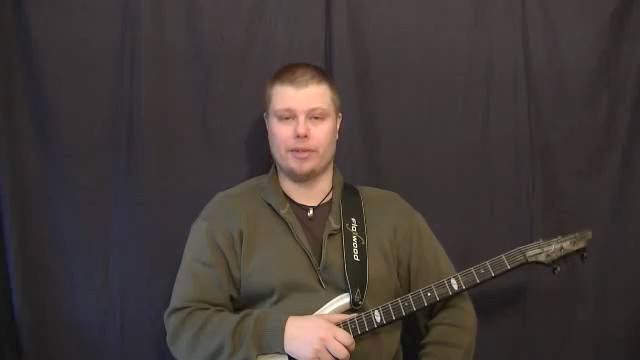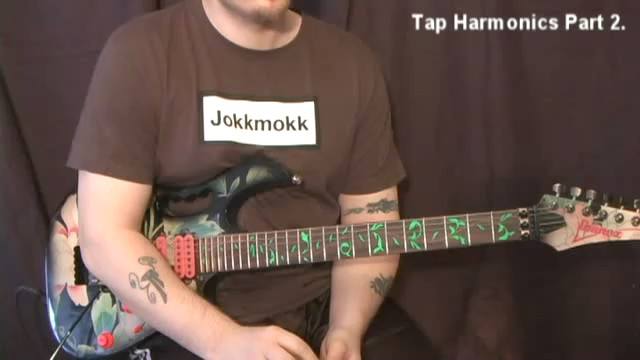In this section, we will learn about chords. Chords are when play muiltiple notes at one time. This involves picking multiple strings at once, which is called strumming. We will learn how to strum downwards and upwards, as well as a couple of different strumming patterns. Some key-points to remember are:
- Get the strings with the tip of your pick
- Pick all the intended strings in one motion
- Don't let the pick drag across the stings (try to keep it straight up and down)
- Make sure each note in the chord sounds clean and isn't muffled
- Don't let the fingers on your fretting hand block other strings from being played. Keep them arched and get press the note(s) with the tip of your finger
- Only strum the strings that are meant to be played in the chord. Don't let your pick, or fingers on your picking hand touch other strings.
- Make sure the chord sounds just as good when strumming upward as strumming downward. There shouldn't be a noticable difference in volume or tone (how the chord sounds).
- Take your time! It's best to get the chord sounding good and learn the proper technique. It will take a while to be able to switch from one chord to another and that's ok. It will get better and better with practice, so be patient.
We are learning how to play two chords, one called Open C and another called G7. We'll learn why they are named this way later, but for now you can see a diagram of how to play them below. Chord digrams show the fretboard as if the guitar were standing upright so that the sixth string (low E) is on the left and the first string (high E) is on the right. If a string has an X above it, this indicates that you do not play that string in this particular chord. If a string has a circle above it, this indicates that you do play this sting, but that you don't put a finger on it with your fretting hand. Playing a string without putting a fretting hand finger on it is called "open".

